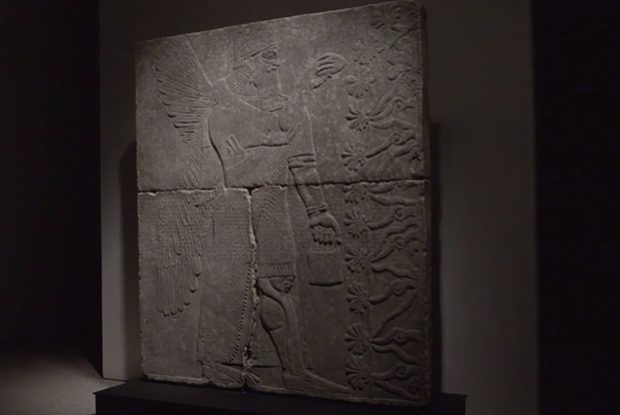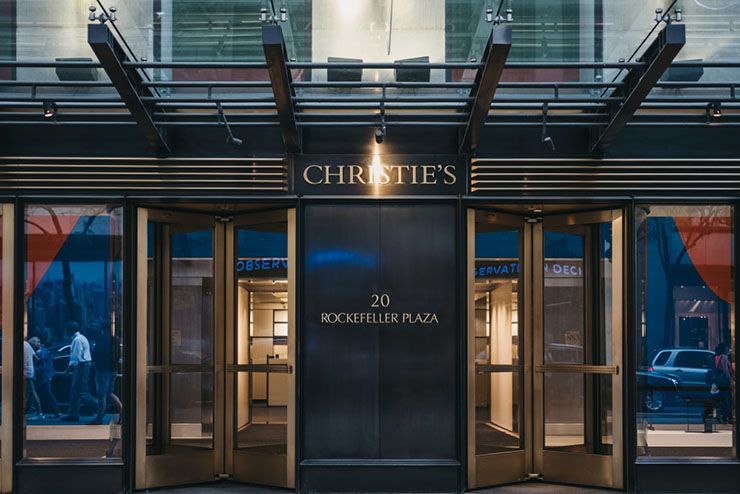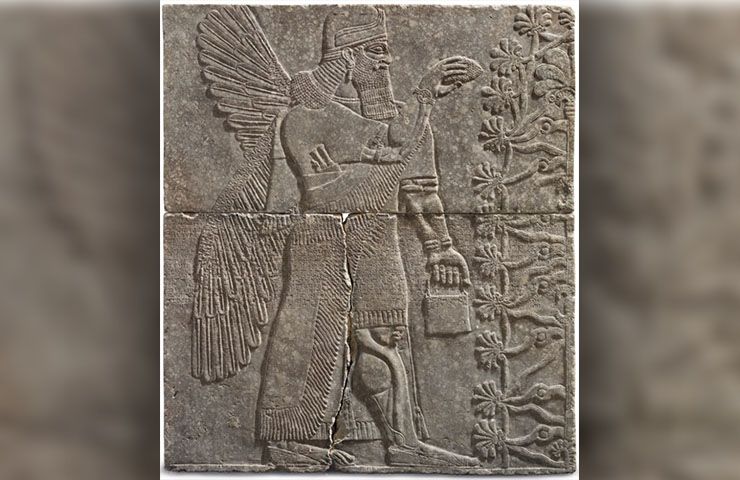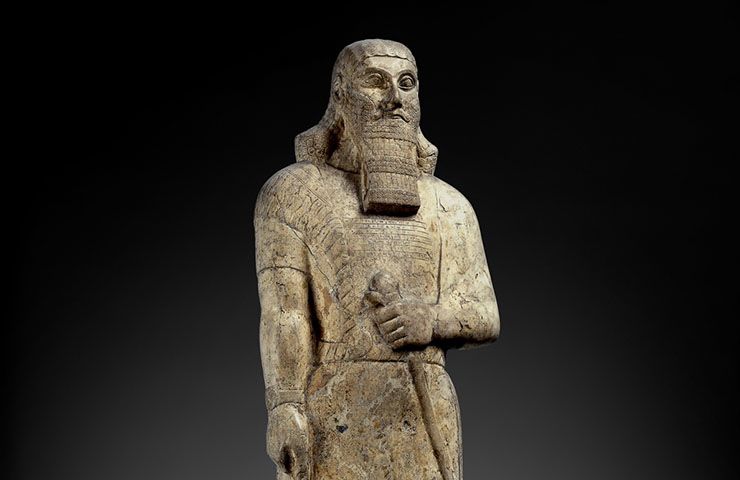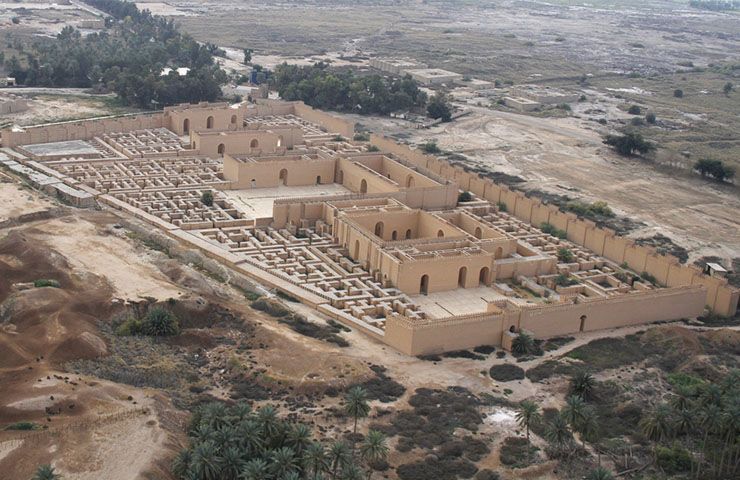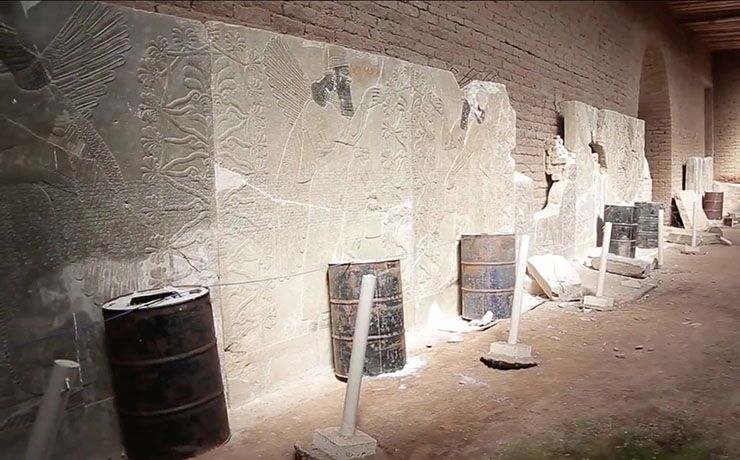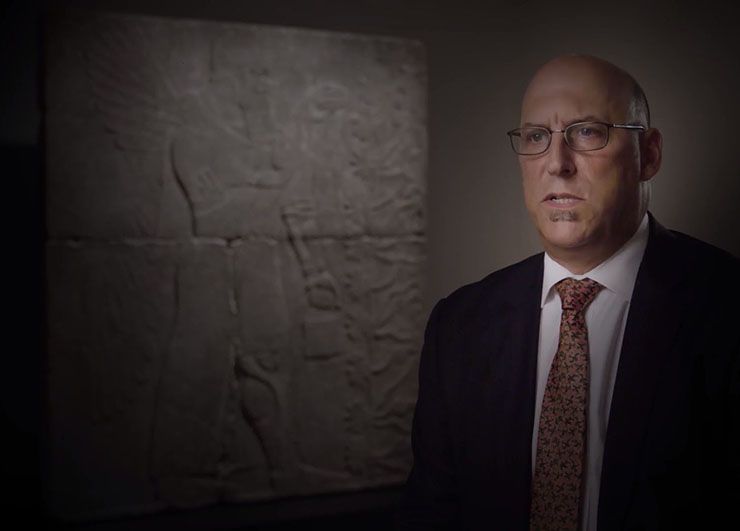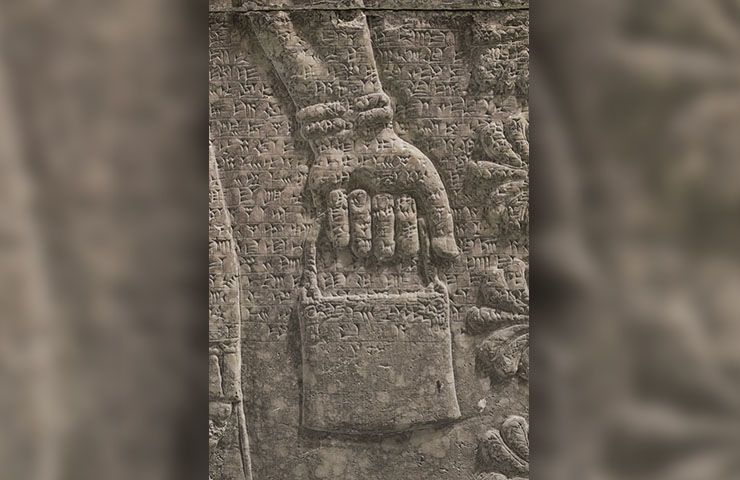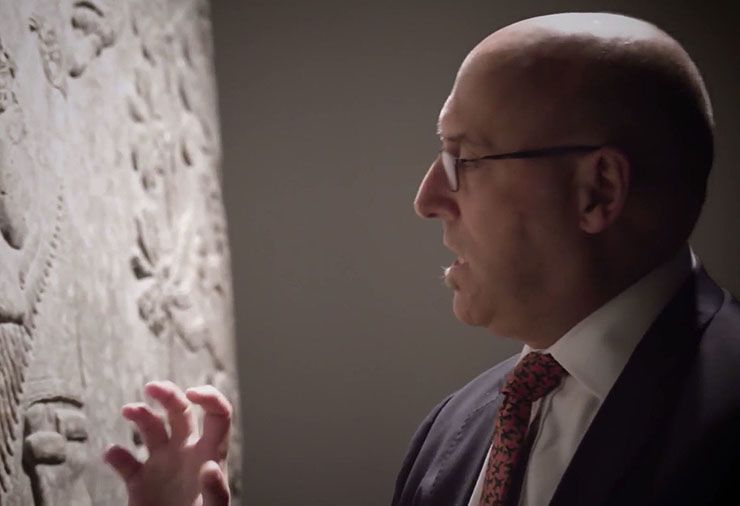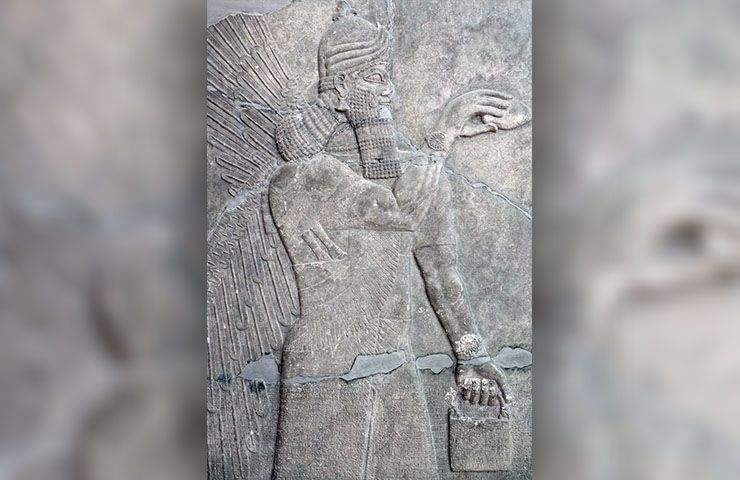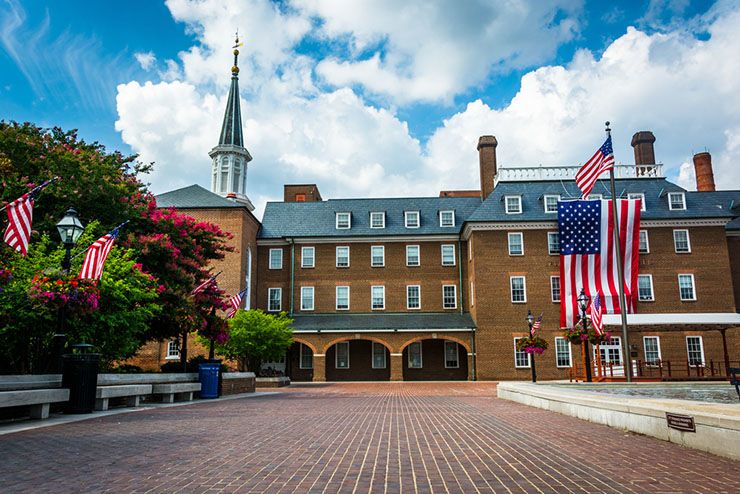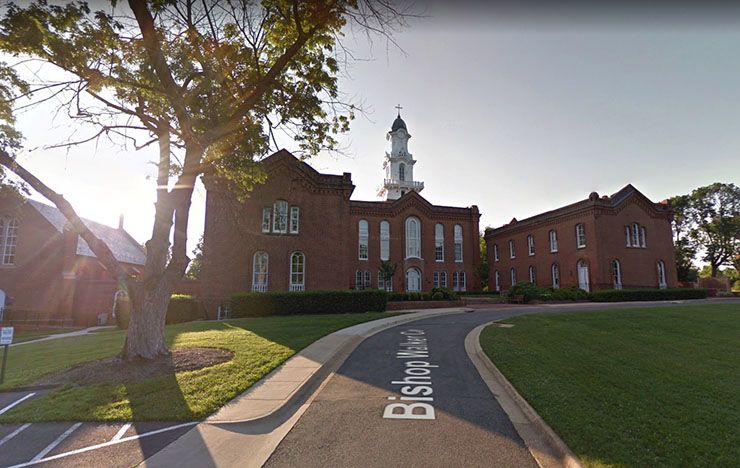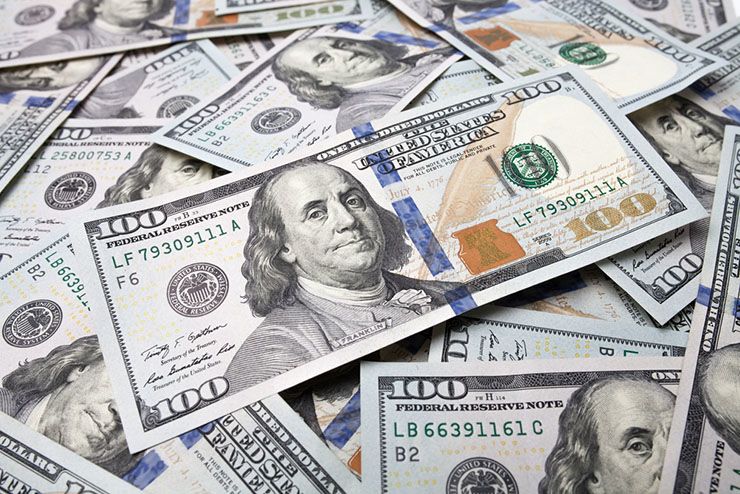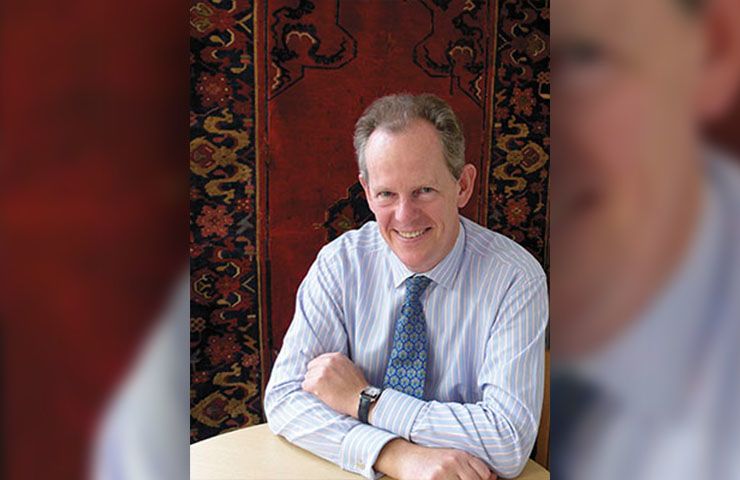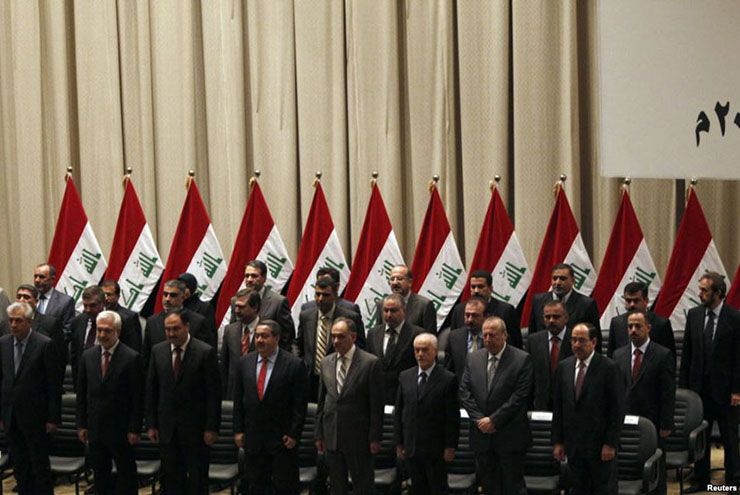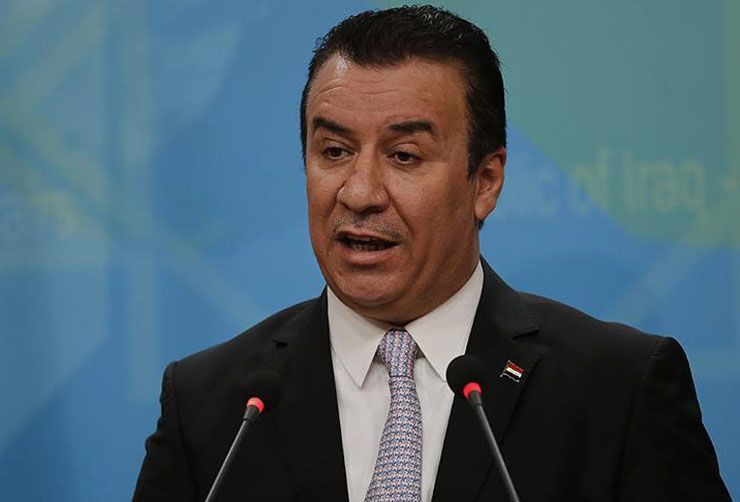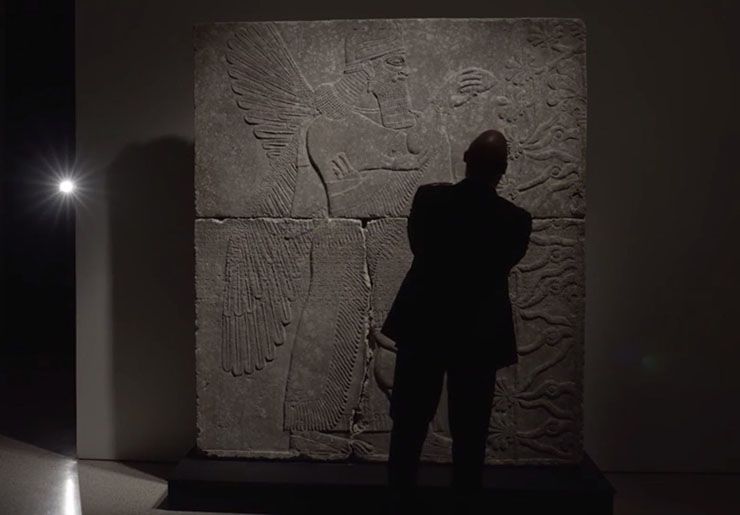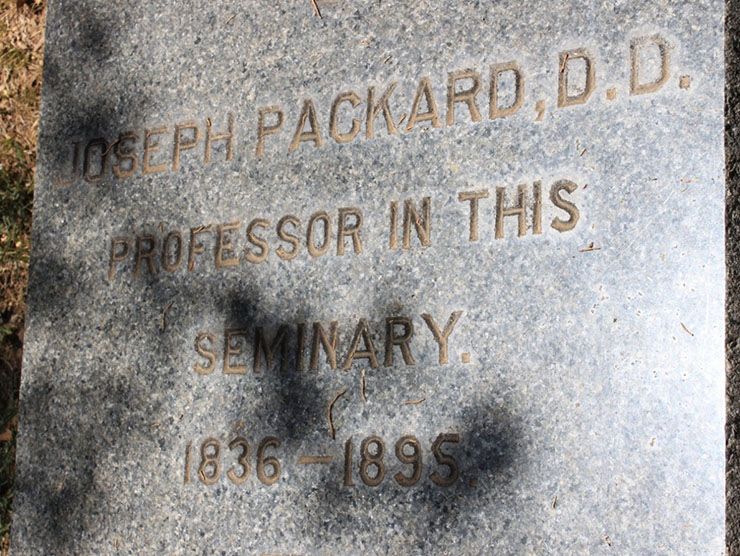It’s hard to put a price on an ancient piece of art because of its rareness and age as well as its cultural and historical significance.
Recently, however, a rare 3,000-year-old Assyrian sculpture was sold to a buyer willing to spend a staggering amount of money to make it theirs. However, in the wake of the record-breaking sale, questions have arisen over the true owner of the sculpture and if it should have been sold at auction in the first place.
Up For Aution
In late 2018, Christie’s auction house in New York announced that they would be auctioning off a 3,000-year-old piece of Assyrian art. The seven-foot sculpture is a bas-relief that features a ‘winged genius’ and was set to be the centerpiece of Christie’s antiquities sale.
The Winged Genius
According to Christie’s, the sculpture carved into solid gypsum shows the winged genius or the deity known as Apkallu. In the scene, Apkallu is seen holding a bucket in one hand and a cone-shaped object in the other hand. According to experts Apkallu is said to resemble the man who commissioned the seven-foot mural.
The Assyrian King
The mural had been commissioned by King Ashurnasirpal II, who ruled ancient Assyria from 883 to 859 BC. “Ashurnasirpal was the big kahuna, as it were, of his age,” Max Bernheimer, Christie’s international head of antiquities, told CNN about the king.
Expansion Campaigns
The sculpture was one of many murals that had been made to decorate the wall of the Northwest Palace at Nimrud, in present-day Iraq. During King Ashurnasirpal II’s reign, he famously expanded his territory through military campaigns. During one of his expansion campaigns, he took over the area of Nimrud.
A New Capital
At the time, Nimrud was called Kalhu and King Ashurnasirpal II made the city a new capital in his empire. After taking control of the area, Ashurnasirpal commissioned the construction of a citadel, defensive walls around the new capital, four palaces, temples, and townhouses
The Northwest Palace
After its construction, the Northwest Palace was the largest and most opulent building in the entire Assyrian Empire. About 400 murals lined the walls of the palace and the winged genius mural was one of the most common designs decorating the walls.
An Impressive Piece Of Art
According to Bernheimer, the seven-foot murals were meant to impress and intimidate. They were also designed to honor and please the gods. “Standing next to it, you feel the power,” he explained. The winged genius mural also features cuneiform text, which was one of the earliest systems of writing.
The Translation
The text details Ashurnasirpal’s lineage and all his various accomplishments as the king of Assyria. “Ashurnasirpal, the exalted prince, the one who fears the great gods, the fierce monarch, the one who conquers cities and mountains in their entire extent, the king of lords, who destroys dangerous (enemies), crowned with splendor, fearless in battle, the merciless hero,” a portion of the mural’s text reads.
A Mural From ‘Room S’
According to Bernheimer, the specific mural that was put up for auction had originally decorated a wall that connected the king’s private rooms to a public courtyard. The mural had been repeated over and over again in the area. “It seems to have been an intimate area, rather than an audience chamber,” said Bernheimer.
A Rare Piece Of History
“Whatever was happening in Room S must have been considered very important to require so much protection from the gods,” Bernheimer said. Unfortunately, many of the impressive murals that lined the palace walls have been destroyed since Ashurnasirpal’s rule.
From Iraq To Virginia
According to experts, the mural that was up for auction made its way from present-day Iraq to the United States in 1860. “The relief arrived in Alexandria [Virginia] in 1860, making it one of the earliest-known examples of ancient art to reach American soil,” Christie’s said.
A New Home
For the last 150 years, the mural has been in the private library of the Virginia Theological Seminary near Washington D.C., which provides post-graduate education. Since the mural and two other panels were re-homed, the seminary viewed the murals as a scholarly resource of little value.
Time To Sell
However, during an audit in 2017, the murals were assessed and valued. As a result, the seminary’s insurance premiums shot up to $70,000 a year. That cost made the seminary decide to sell one of their panels. Not only would it lower their insurance premiums, but they also planned to use the proceeds toward a scholarship fund.
The Auction
So in October of 2018, the piece, which had been reassessed and valued between $10-15 million, went up for auction at Christie’s auction house in New York City. “And so we come on to lot 101: The Assyrian relief of a ‘winged genius’ Akpallu excavated with permission of the Grand Vizier of the Ottoman Sultan in the 1840s,” William Robinson, international head for world art, said during the auction.
A Record-Breaking Sale
Robinson set the starting bid at $7 million, but bidders frantically pushed the price of the sculpture up over its estimated worth. The piece was sold to an anonymous bidder standing in the back of the room for over $27 million. With commissions, the ultimate price of the 3,000-year-old sculpture was almost $31 million.
Controversy Over Ownership
The selling price of nearly $31 million broke the record for Assyrian art. However, officials in Iraq claim the sale should have never happened. They are now claiming that the incredible piece of Assyrian art and piece of history belongs to the Iraqi government.
Property Of Iraq
“The ministry conducted a report showing that it belongs to Iraq and is under the protection of Iraqi Antiquities Law,” Ahmed Mahjoob, a Foreign Ministry spokesperson, said in a statement. Just hours before its sale, the ministry demanded the sculpture be returned to Iraq. “Iraq’s embassy in Washington is following the case with the New York prosecutor and the US government,” Mahjoob said.
Denying The Claims
Government officials have claimed the mural was looted from the country in the 1970s, however, Christie’s has denied their claims. Christie’s explained that the mural was purchased in Mosul in 1859 by Henri Byron Haskell, an American missionary, from Sir Austen Henry Layard, an English archeologist who led excavations in the area.
Permission To Excavate And Export
At the time, Iraq was part of the Ottoman Empire and the Grand Vizier of the empire wrote a letter granting Layard permission to “excavate and export to your heart’s content.” Haskell purchased each mural for $75 on behalf of Joseph Packard, a professor at Virginia Theological Seminary.
A Legal Sale
With the records proving the purchase and the approved excavations and exports, Christie’s is claiming Iraq has no legal right to the artifacts. “Given the full provenance, history and 1860 entry of this work into the United States, the authorities confirmed the object’s documentation well meets all applicable laws governing its sale,” a Christie’s spokeswoman said.
